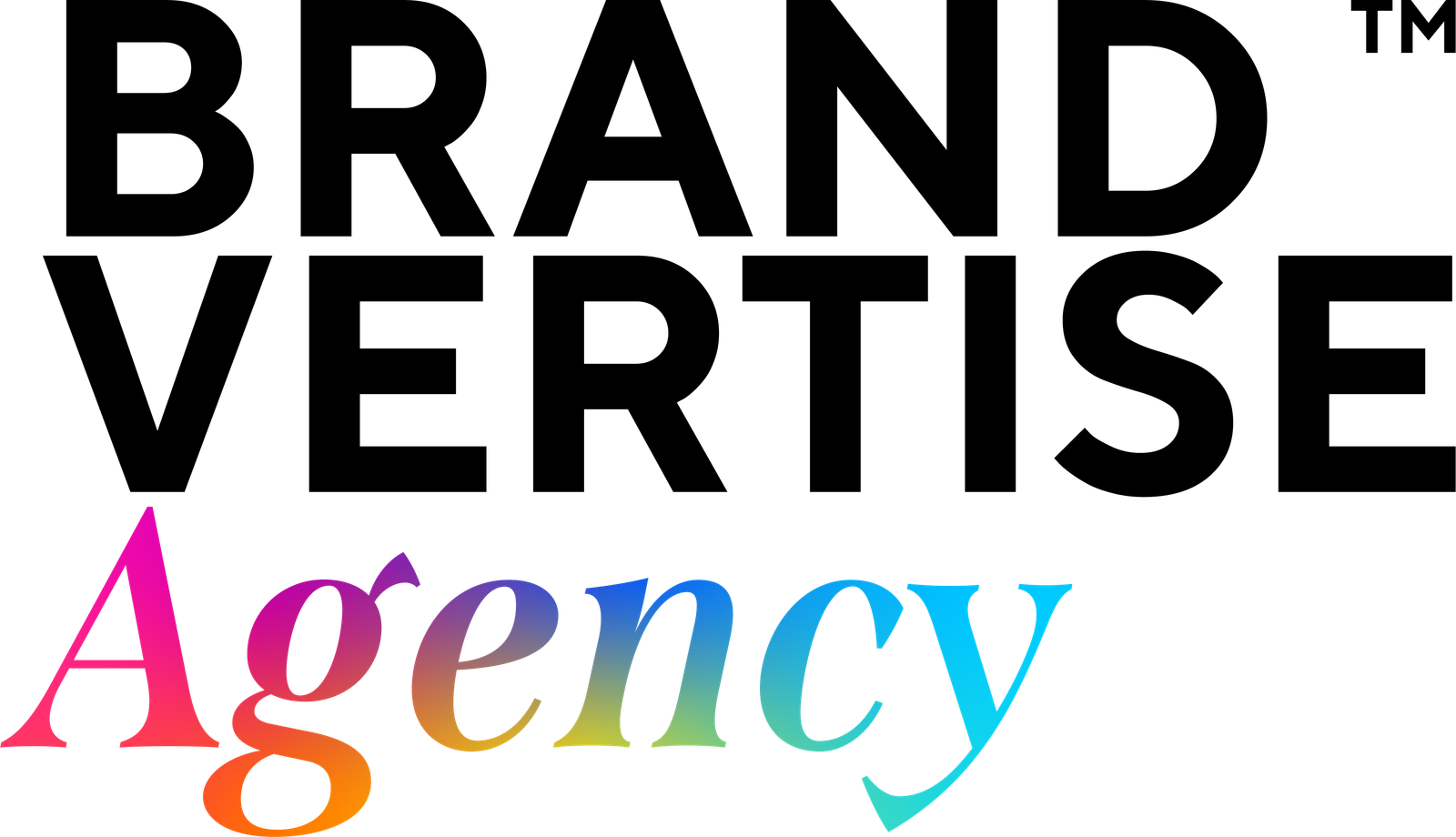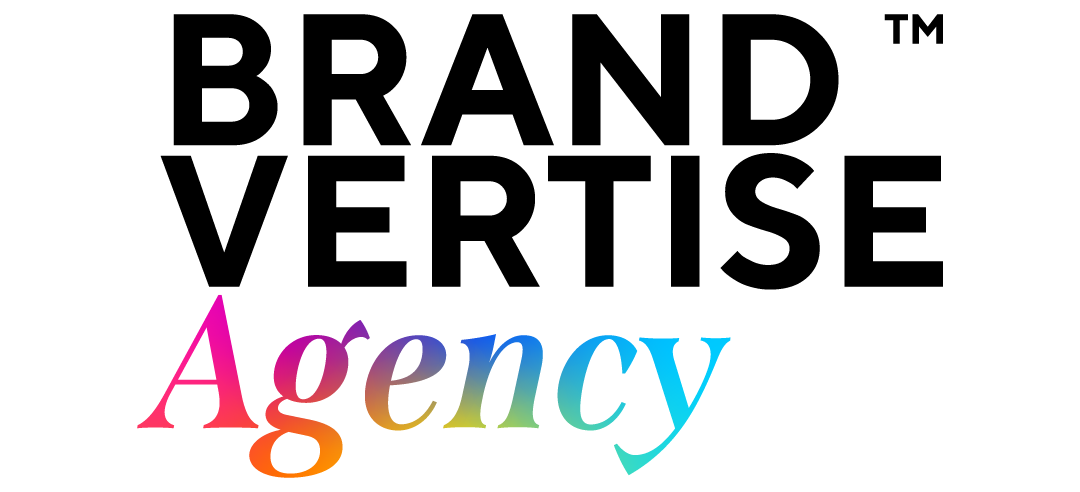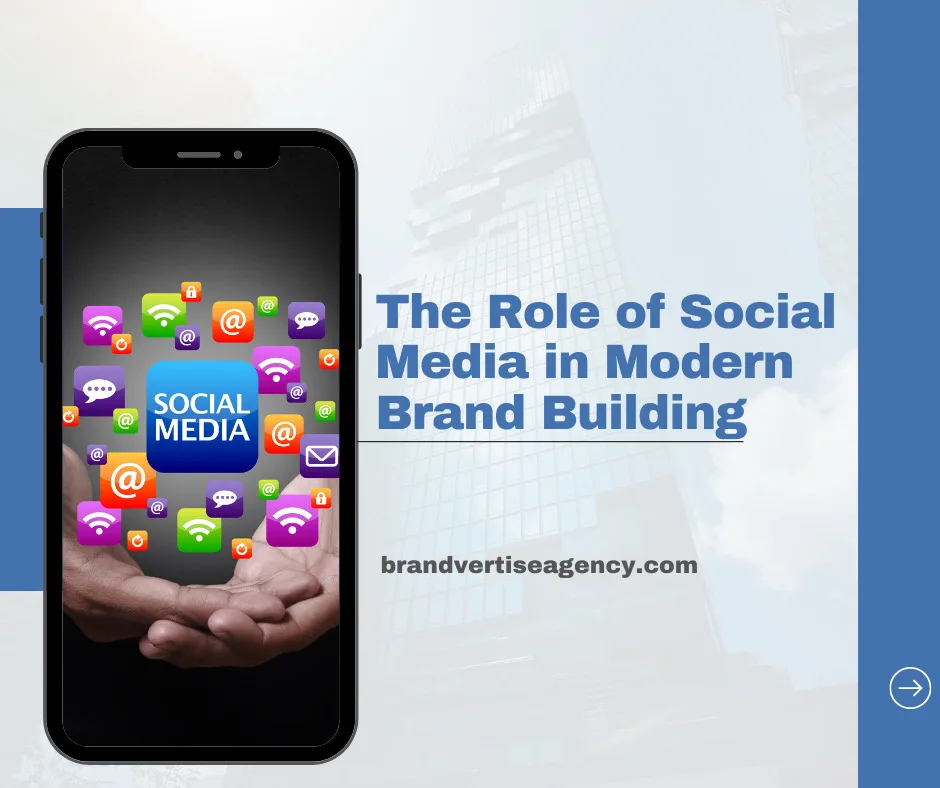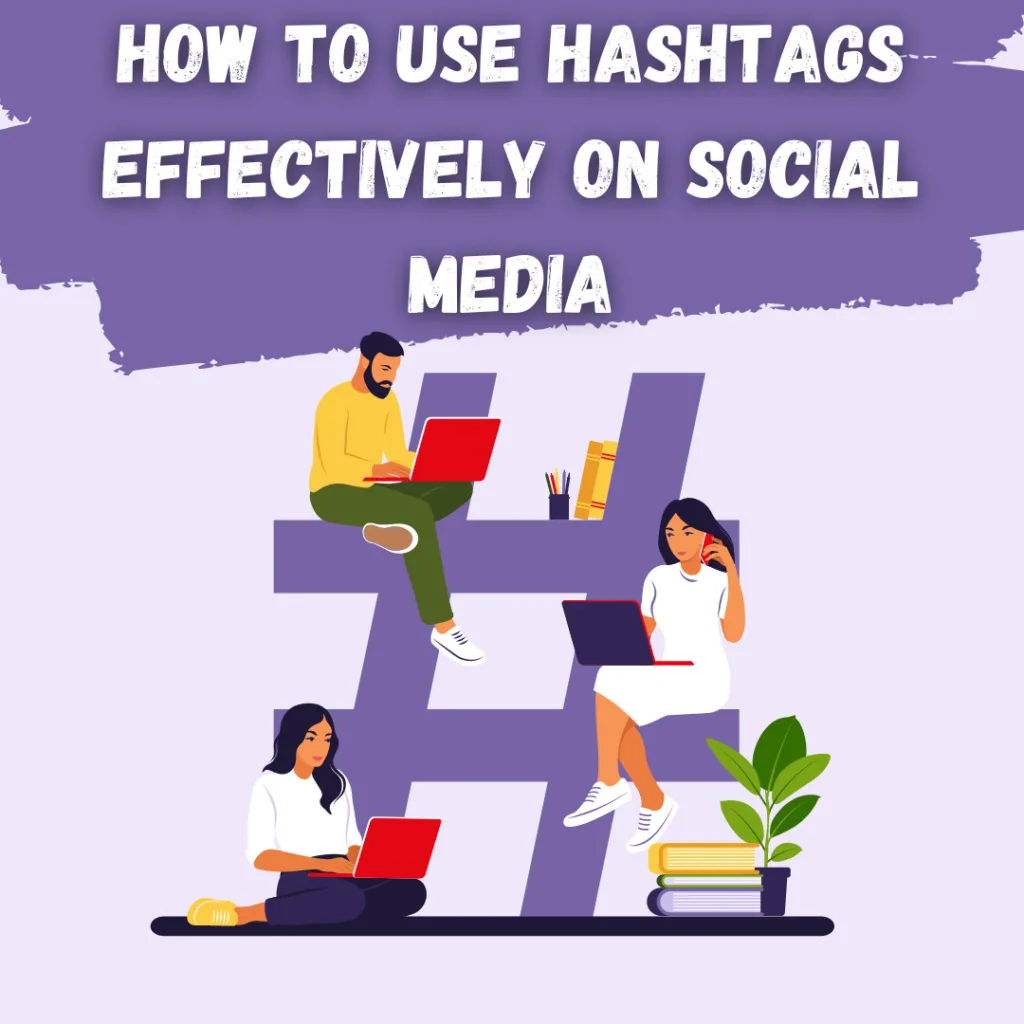
It’s not just for staying in touch with your best friend and swapping memes; it’s a potent tool in generating the widest brand awareness and yielding super returns for businesses. But very few social media strategies are designed to work effectively and bring the desired results unless some careful planning, creativity, and deep understanding of your audience are poured into it.
This blog will go through paramount steps of creating a social media strategy that drives brand awareness and ROI.
1. Define Your Goals
Make sure to outline your goals before you begin posting. Do you aim to build brand awareness, generate leads, make sales, or establish a community? Your goals will be the very epicenter of your strategy, so take time to put in place SMART goals: specific, measurable, achievable, relevant, and time-bound. Consider this:
Increase Instagram followers by 20% over three months.
Generate 50 new leads per month through LinkedIn.
Drive 1,000 website visits per month from Facebook.
2. Know Your Audience
Knowing who your audience is forms the very basis of any successful social media strategy. You need to understand who they are, what they care about, and where they spend most of their time online. Tools you might use to gather data could include Google Analytics, social media insights, and customer surveys. Things to consider:
Age, gender, and location
Interests and hobbies
Pain points and challenges
Preferred social media platforms
That way, you are able to even tailor your content—both text and message—in a manner that apparently resonates most with your target audience, and so increases the chances of engagement or conversion.
3. Utilize the Appropriate Platforms
Social media platforms are very diverse. Not all social media tools may be suitable for your brand. You already know/appreciate this—because, through knowing your audience, it is going to inform you of a platform where most of your target audience is hanging out. Find below a list of some popular ones:
Facebook: Large audience; the best place to start building your community.
Instagram: Image-heavy platform; best for images with strong branding.
Twitter: Quick updates; best for being up-to-the-minute on news and trends.
LinkedIn: Professional audience; best for B2B marketing.
TikTok: The kids are all over it; lots of short video content.
Focus on 2-3 of those in which you’re prepared to be able to offer dedicated consistent engagement to an audience.
4. Content that Inspires People
Your content will essentially animate your social media strategy, create interest, and move your audience into action. To do this effectively, the range of your content truly requires three-dimensional presentation. This includes the following:
Educational posts: Share tips, how-tos, and industry insights.
Promotional posts: Highlight your products, services, or offers.
User-generated content: Share reviews, testimonials, and other content from customer creation.
Interactive content: Polls, quizzes, and contests to boost engagement.
Content that uses visuals like images, videos, or infographics gets more engagement than plain text. Make sure the content is in alignment with the brand voice and brand values and follows one style throughout all platforms.
5. Create a Posting Schedule
Consistency is the name of the game, as it guarantees that your toil shines forth. Have a content calendar that spells out what you are going to post and when you are going to do it. Your schedule is one that takes into account the fine line to be trodden between frequency and quality, meaning that you post regularly without having to compromise the quality of your content. Tools such as Buffer, Hootsuite, and Sprout Social allow you to schedule posts in advance, thereby helping you maintain consistent levels of posting.
6. Engage With Your Audience
Social media is not only about letting your message out but also for having interactions. Engage your audience by:
Answering the comments and messages they make quickly
Liking and sharing their UGC
Be part of the conversations and trends that take place around them
Go live and do Q&As or AMAs
Engagement doesn’t just mean more brand visibility; it builds trustworthy and loyal brand followers.
Audit your performance by ensuring you monitor key important metrics with the use of these analytics tools that include the following:
Engagement Rate – likes, comments, shares, clicks
Reach and Impressions – shows you how many people have viewed the content
Conversion Rate – shows you the percentage of followers who took a desirable action, say, signing up to one’s newsletter
Revenue or ROI – Revenue obtained from your social media efforts.
Find what works and what doesn’t, and adapt your plan accordingly. For example, if you find video content works better than images—you may want to create more video content.
8. Leverage Paid Advertising
Organic reach is a dying breed in social media, particularly for businesses. Activating paid in your strategy would be one of the best ways to realize the full impact and ROI on social media. Social media ads have different targeting dimensions in both demographics and interests during ad targeting, like behavior, to make sure your content reaches those that matter most.
Available ad formats on Facebook, Instagram, LinkedIn, and Twitter include the following:
Sponsored Posts: Amplify already created content to reach a larger audience.
Carousel ads: To show a number of products or features within one ad.
Video ads: Engage your audience with stunning video content.
Lead generation ads: To collect users’ contact information right on the platform.Start with a small budget, testing out different ad formats, and optimizing based on performance.
9. Influencer Collaboration
Influencer marketing can be an effective method of increasing brand awareness and credibility. Partner with influencers that you share brand values with and whose following matches your target audience. Influencers can create authentic content that promotes your brand, reaching a wider audience and driving more engagement.
10. Keep Updated with the Trends
With new features, algorithms, and trends popping up every other day, social media changes daily. Be on top of the latest buzz and be flexible at your finger-tips if your strategy needs a little shake-up. This might mean testing new content formats or hopping on a trending conversation. It may also involve using new tools and features that are on their way out.
Conclusion
From profound audience understanding and clear goals to frequent and engaging content with ongoing optimization, you are constantly creating the ideal social media strategy to drive brand awareness and ROI. With these steps, you will stay flexible in approach and begin to have a large following on social media that works not only in brand awareness but also pays off measurably for your business.
You should recall that successful social media doesn’t typically just happen—it takes time, persistence, and the right plan.
